11 Ways To Prevent And Treat Hantavirus Pulmonary Syndrome
An invisible danger can sometimes linger where rodents roam – Hantavirus Pulmonary Syndrome (HPS). This potentially life-threatening respiratory illness, often carried by common deer mice, spreads when people breathe air contaminated by infected rodent droppings or urine. What might initially seem like the flu—fever, aches, chills—can rapidly escalate into severe breathing difficulties as fluid fills the lungs. Recognizing the early signs and knowing if you've been in risky areas (like cabins, sheds, or rural homes with rodent activity) is crucial, as prompt medical attention is vital. To help you protect yourself and understand the condition better, we've expanded our guide to detail 11 essential ways to help prevent HPS and understand current treatment strategies. Let's explore this vital information together.
1. Breathing Support In The Hospital

Since the respiratory symptoms of hantavirus pulmonary syndrome can become very serious, patients may need breathing support in the hospital. This is usually provided in an intensive care unit, and the use of a ventilator is generally required. So adequate breathing support can be provided, patients are intubated prior to being placed on the ventilator. A tube is inserted down the patient's mouth and into their windpipe (trachea) so their airways will remain open and functional. The tube is then connected to the ventilator, and this machine 'breathes' for the patient. This type of breathing support is also useful in managing the accumulation of excess fluid in the lungs.
2. Blood Oxygenation
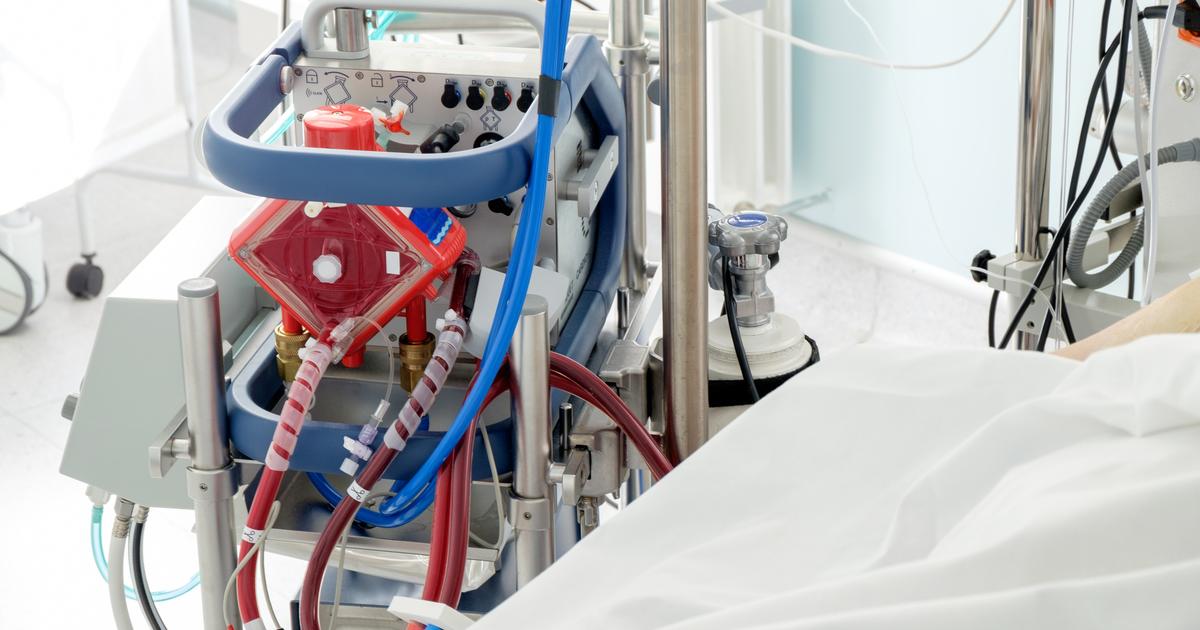
Blood oxygenation is recommended for patients with severe cases of hantavirus pulmonary syndrome. One of the most frequently used methods of blood oxygenation is known as extracorporeal membrane oxygenation, and it can help the body maintain an adequate amount of oxygen. The extracorporeal membrane oxygenation procedure involves the use of a pump that continuously moves the patient's blood from their body into a machine. Once inside the machine, oxygen is added into the blood, and carbon dioxide is removed. Then, the oxygenated blood is returned to the patient's body through a second intravenous line. The procedure is carried out by specialized teams at intensive care units, and it can help save the lives of severely ill patients. Possible complications of extracorporeal membrane oxygenation include bleeding, infection, and blood clots. Clinicians may use ultrasounds to check for bleeding or clots, and the medical team checks the machine and pump at least once an hour to prevent air bubbles or clots in the tubes.
3. Block Access To Home
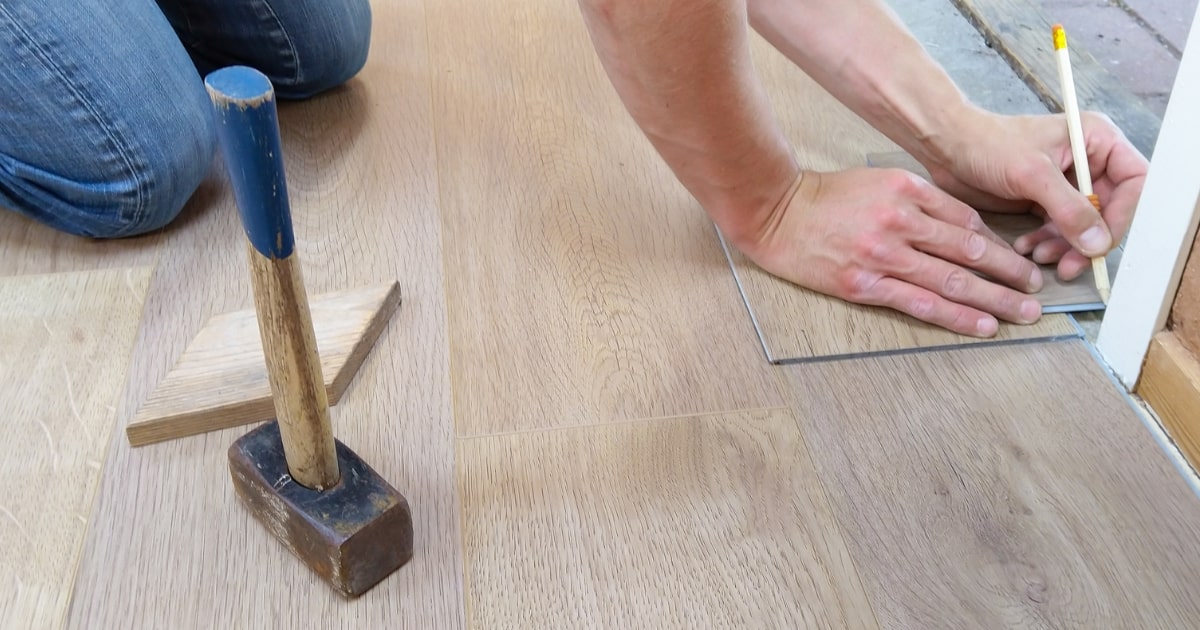
Since hantavirus is primarily carried by rodents, patients may be able to prevent their exposure if they block the rat's access to their home. Mice are able to squeeze through openings as small as a quarter of an inch (six millimeters), and experts recommend homeowners routinely check the inside and outside of their homes for cracks and holes. Kitchen and bathroom cabinets, floors, and the openings around windows and doors should all be checked. If holes are found, these can be sealed with caulk, cement, steel wool, or wire mesh. The holes could also be boarded up with wood, bricks, or concrete blocks. To make the home less attractive to rodents, individuals should remove brush, grass, and other items from around their home's foundation, as mice often use brush and grass for building nests.
4. Clean Up Promptly After Meals
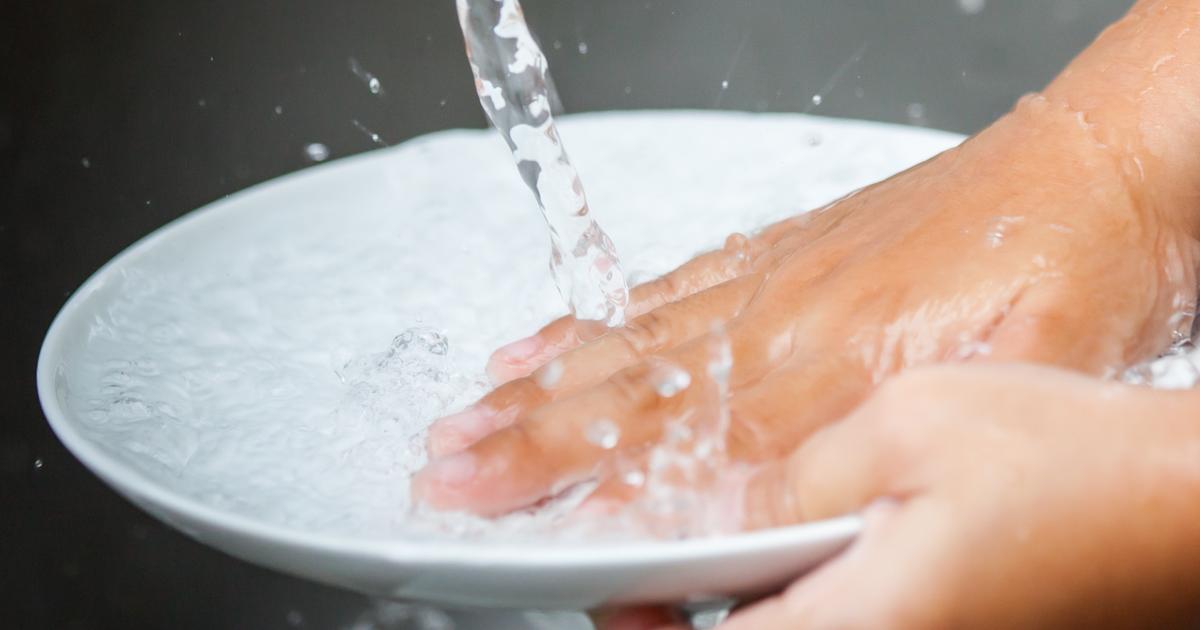
To reduce the likelihood of rodents in the home, individuals are strongly advised to clean up promptly after meals. This will limit the amount of food available to mice and other disease-carrying pests and make the home less attractive to them as a nesting site. Food should be stored in the refrigerator or sealed in airtight containers in the pantry. Dishes need to be washed promptly and not left in the sink overnight, and pet food should not be left out except at the pet's meal time. Spills need to be cleaned up quickly, and countertops and cooking surfaces should be thoroughly wiped after use. If possible, the use of metal trashcans outside the home may keep rodents away, and it is recommended that trashcans or bins not be stored directly next to the side of the home. To deter mice and rodents, homeowners may wish to use natural deterrents such as peppermint and citrus. Organic packets designed specifically for this purpose are available at home supply stores, and these can be placed in the kitchen and other areas where food is consumed.
5. Practice Safe Cleaning and Waste Procedures
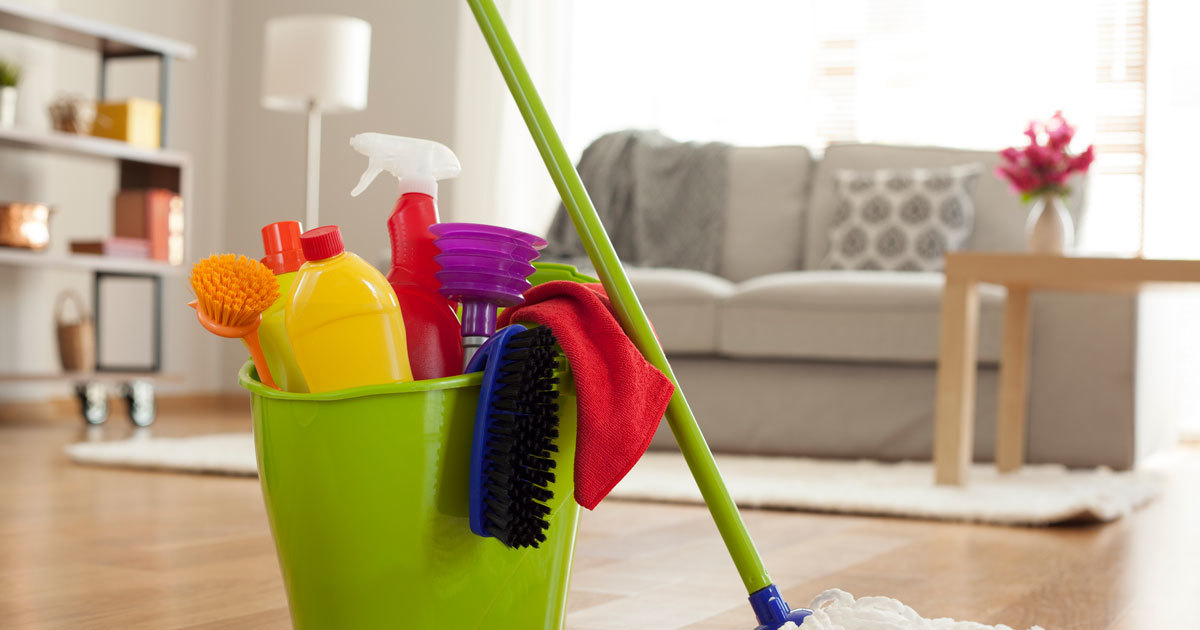
To prevent transmission of hantavirus from rodents, experts suggest individuals practice safe cleaning and waste procedures. In particular, caution should be exercised when cleaning in the attic and while cleaning storage sheds and other areas that have not been used for a long time. Individuals attempting to clean up rodent droppings should wear a respirator or mask, and they should pour alcohol or bleach over any droppings or areas mice have been in. These disinfectants will kill hantavirus and prevent the infection from becoming airborne. While wearing disposable gloves, individuals can pick up contaminated material with a damp paper towel. Vacuuming is not safe for this purpose, as it could cause the virus to enter the air. In cases of severe rodent infestation, an exterminator or professional cleaning company should be called to handle this type of cleanup and waste disposal. Patients who have cancer or other conditions that could weaken their immune systems should never attempt to clean up rodent waste themselves, and they should avoid going into areas that have had a recent rodent infestation.
6. Use Effective Rodent Trapping Methods
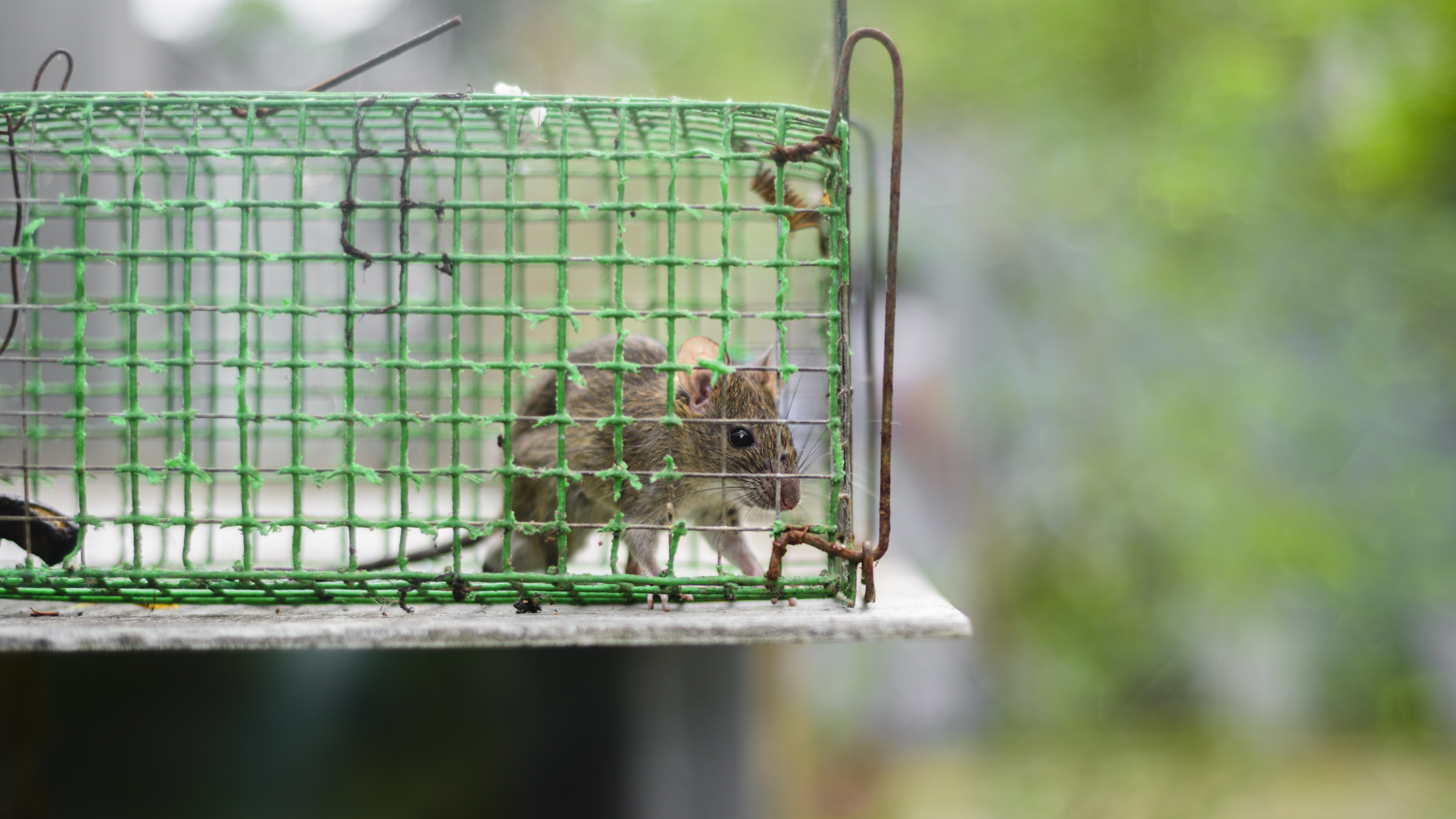
Beyond just blocking entry points, actively reducing rodent populations inside and around your home is key. Use snap traps, which are generally effective and considered humane when they kill quickly. Place traps perpendicular to walls where rodents often travel, baiting them with peanut butter or oats. Check traps regularly (daily if possible) and handle trapped rodents safely: wear gloves, spray the rodent and trap with disinfectant (like a 1:10 bleach solution), double-bag the rodent, and dispose of it according to local regulations. Consistent trapping helps minimize the source of the virus near living spaces.
7. Ventilate Potentially Contaminated Areas First
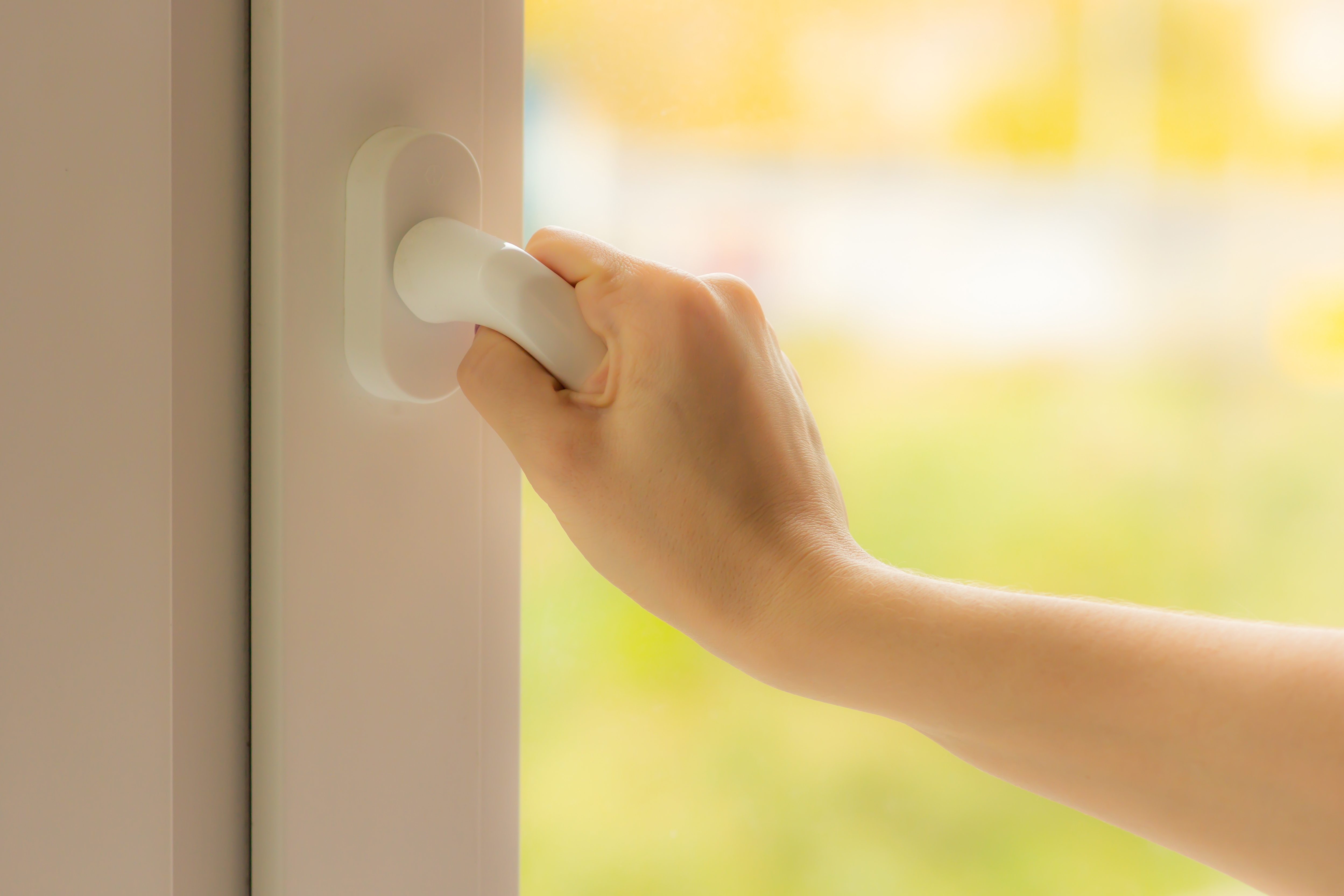
Before cleaning sheds, cabins, attics, or other enclosed spaces that show signs of rodent infestation and haven't been used recently, air them out thoroughly. Open doors and windows on opposite sides to create cross-ventilation. Leave the area for at least 30 minutes (preferably longer) before you enter to begin cleaning. This helps dilute any airborne virus particles stirred up by rodent activity, reducing your inhalation risk significantly. Never attempt to clean immediately upon entering a potentially contaminated, poorly ventilated space. This simple step drastically improves safety.
8. Employ Comprehensive Personal Protective Equipment (PPE)
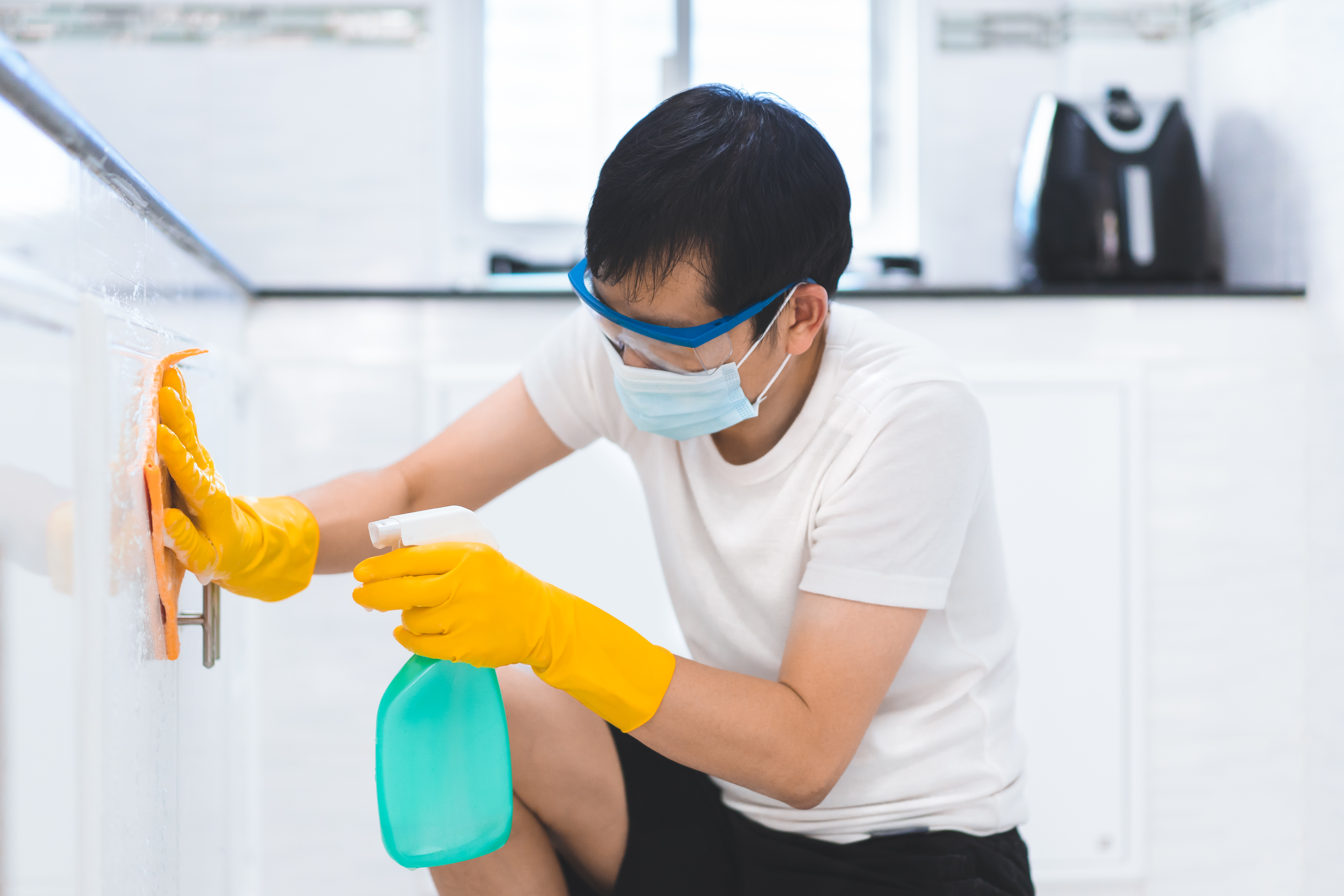
When cleaning areas with evidence of rodents, basic protection is essential, but heavy infestations warrant more. Beyond disposable gloves and a respirator (N95 or higher recommended), consider wearing safety goggles to protect your eyes from splashes or aerosols, and coveralls or disposable clothing to prevent carrying contaminants away on your clothes. Always wear rubber or plastic gloves, not fabric ones. After cleaning, carefully remove PPE, dispose of single-use items, disinfect reusable gear (like goggles), and wash your hands thoroughly with soap and water.
9. Identify and Mitigate High-Risk Scenarios
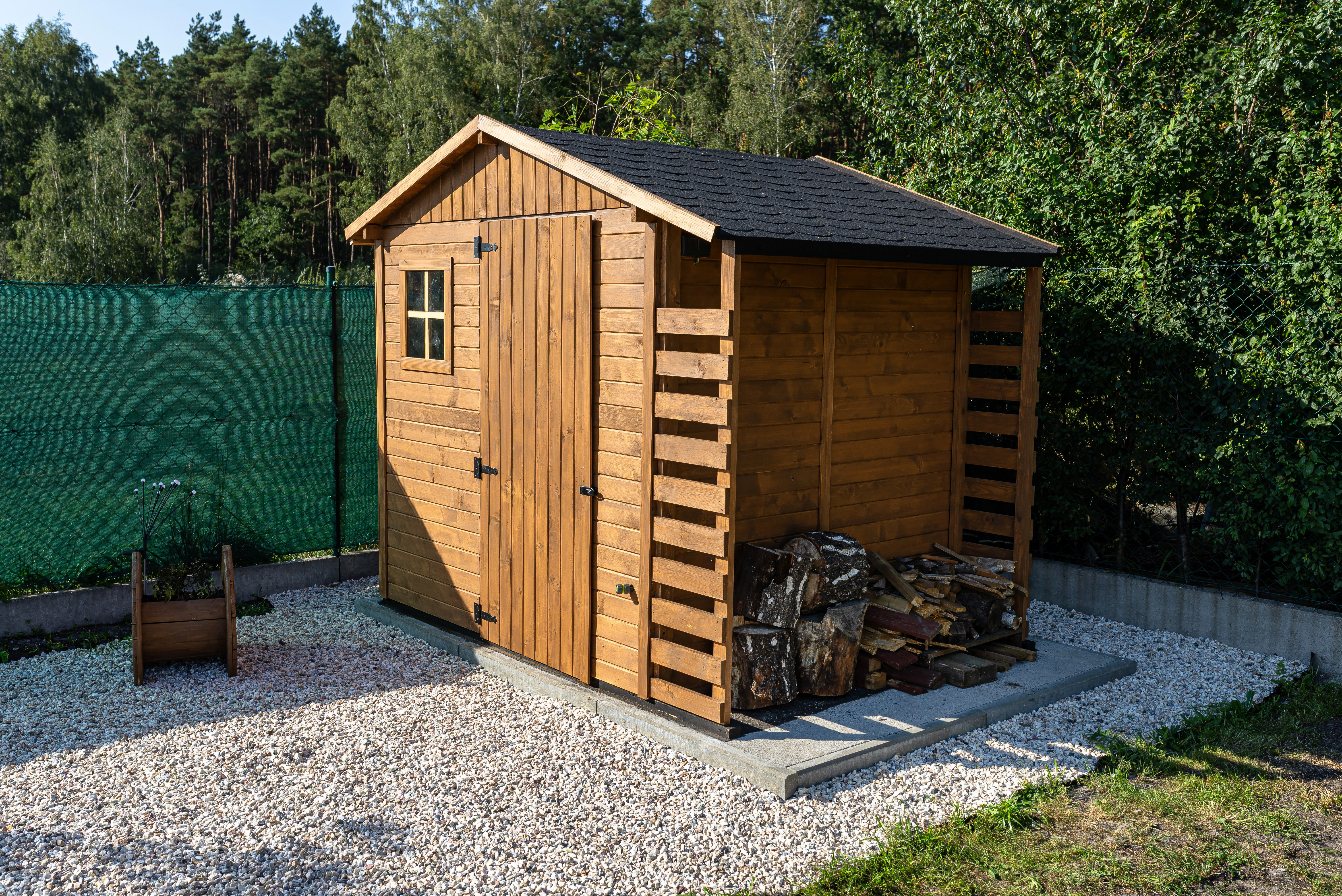
Awareness of specific situations that increase HPS risk allows for targeted prevention. Activities like cleaning seldom-used buildings (cabins, sheds, barns), disturbing rodent nests or droppings during agricultural work, construction, or utility work, and even camping or hiking in rodent-infested habitats pose higher risks. If engaging in these activities, be extra vigilant about using PPE, ventilating spaces, and avoiding actions that stir up dust (like sweeping or vacuuming dry droppings). Knowing the risks allows you to take appropriate precautions proactively.
10. Careful Fluid Management in Hospital Care

While breathing support (#1) and ECMO (#2) address severe respiratory failure, managing the patient's fluid balance carefully is critical throughout HPS treatment. Doctors aim to provide enough fluids to support blood pressure and organ function without overloading the already compromised lungs, which can worsen fluid accumulation (pulmonary edema). This delicate balance often requires intensive monitoring in the ICU, using medications that support blood pressure (vasopressors) and sometimes diuretics to help remove excess fluid, tailored precisely to the patient's condition moment by moment.
11. Maintain a Tidy Yard and Surroundings
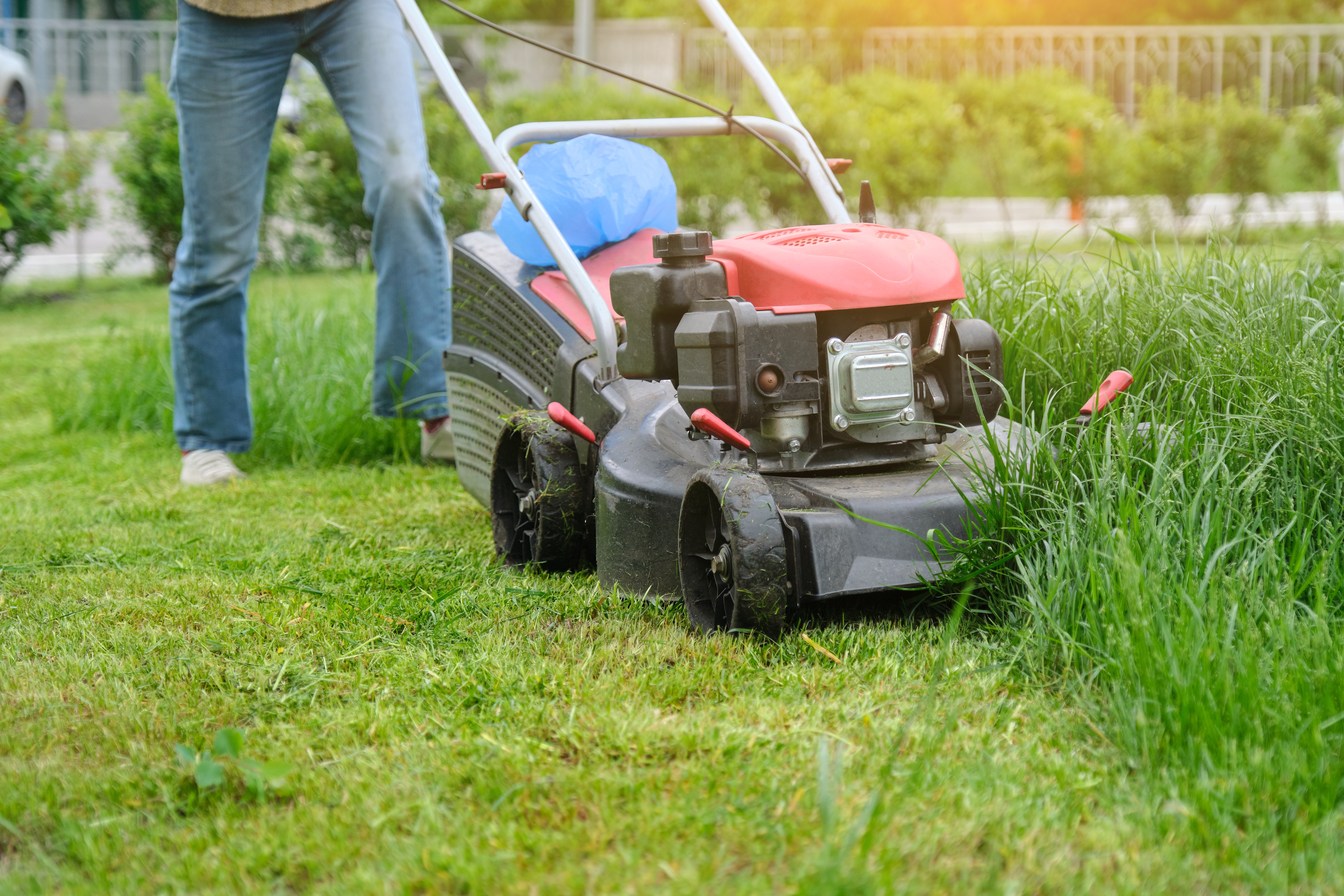
Preventing rodents often starts outside the home. Keep grass cut short and trim shrubs or vegetation near your house foundation, eliminating potential nesting spots. Store firewood piles at least 100 feet away from the house and elevate them off the ground if possible. Remove junk piles, old vehicles, or debris that can provide shelter. Ensure outdoor trash cans have tight-fitting lids. By making the immediate vicinity of your home less attractive and habitable for rodents, you significantly reduce the chance they will seek entry indoors.
Vigilance and Action: Your Shield Against HPS

Hantavirus Pulmonary Syndrome demands respect, but as we've seen through these 11 key strategies, proactive prevention is incredibly powerful. Understanding how to rodent-proof living spaces, clean potentially contaminated areas safely, and recognize high-risk situations transforms anxiety into actionable knowledge. Remember, while treatments focus on critical support, avoiding exposure is the ultimate goal. Critically, knowing the early flu-like signs and seeking immediate medical help if respiratory symptoms develop after potential exposure can be life-saving. By embracing vigilance – in your home, cabin, or campsite – and taking these informed steps, you build a vital shield, empowering yourself to enjoy your environment safely and breathe easier, knowing you’ve prioritized your health against this hidden environmental risk.
